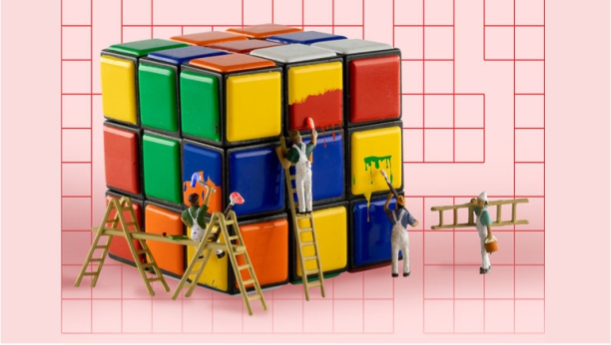
The reality of good problem-solving is that our findings prompt us to review our earlier conclusions. Executives who know the secret to framing complex problems can supercharge their organisations
Log In or become an AIMA member to read more articles
